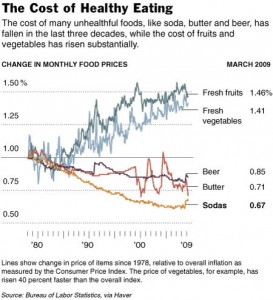Washington State U. vs. Michael Pollan (and Bill Marler)
For days now, my e-mail inbox has been flooded with messages about the flap at Washington State University over Michael Pollan’s Ominivore’s Dilemma. The messages come from Bill Marler, the Seattle-based “food poisoning attorney” and blogger whose firm specializes in class action lawsuits on behalf of victims of foodborne illness.
This is a good story. The university bought copies of Omnivore’s Dilemma to distribute to the freshman class (a common community-building exercise at universities these days). Then, it decided not to give them out. Could corporate pressure from Washington State agribusiness have had anything to with this decision? No, said the university; they just couldn’t afford to bring Pollan to the campus.
Marler called their bluff. If it’s really about money, he said, he’d pony up. The result: the event is back on.
But I’m curious. Does it really cost $40,000 to get Pollan to travel from Berkeley to WSU? Pollan says no. I just hope Marler gets to keep the change and use it to help sick kids.


